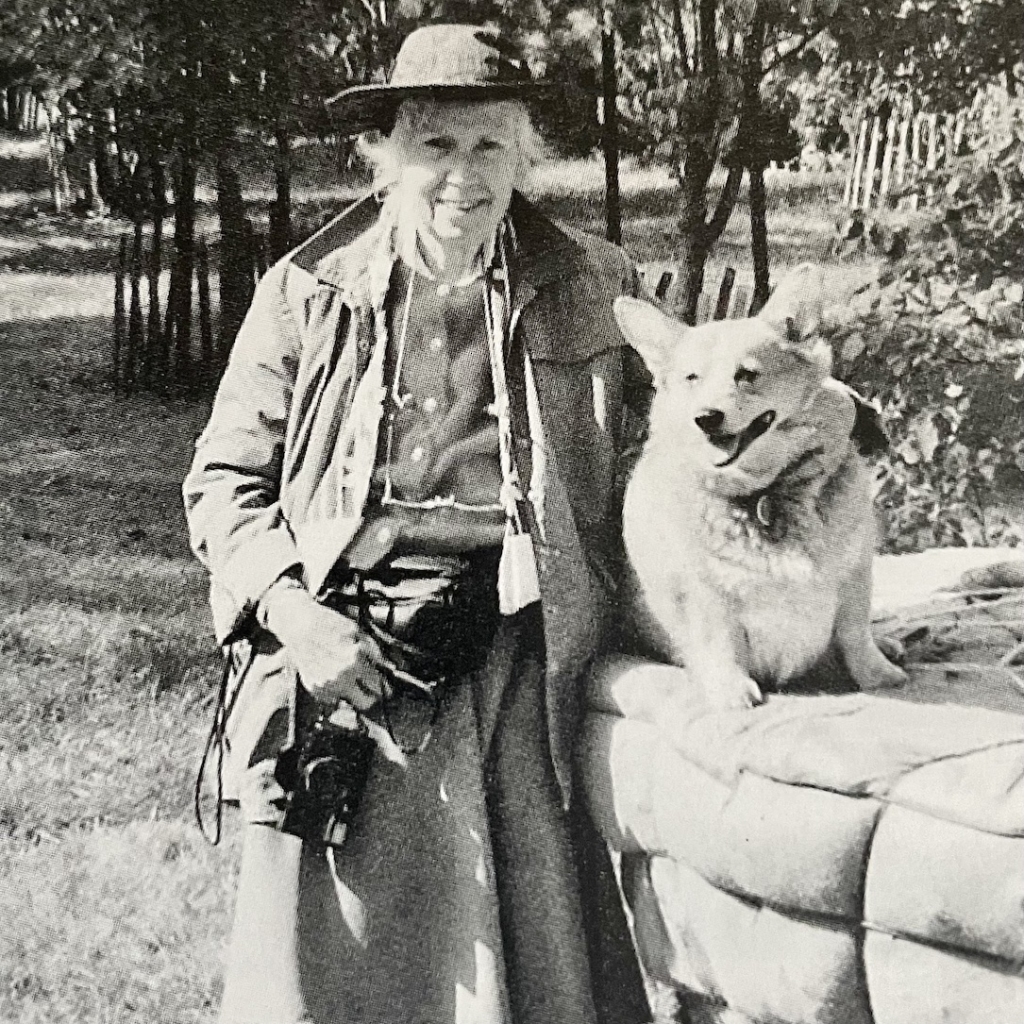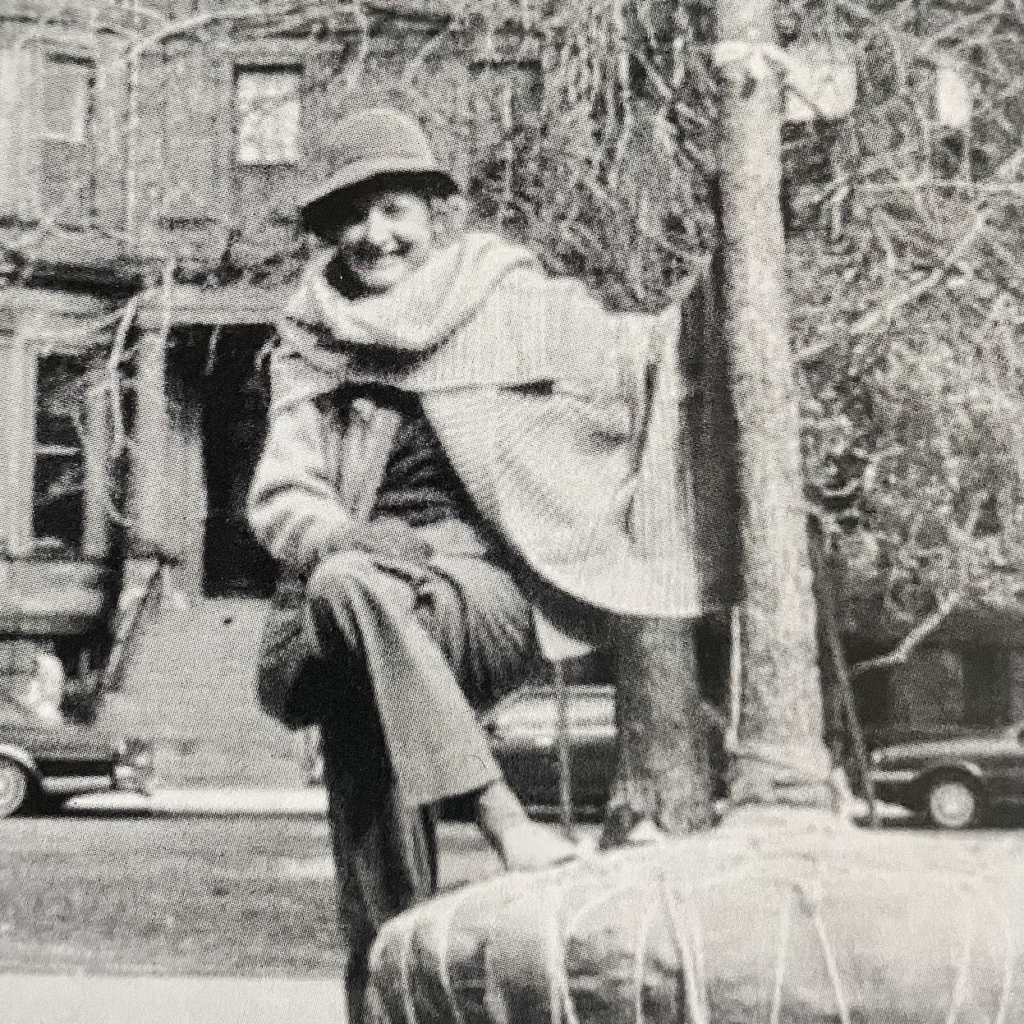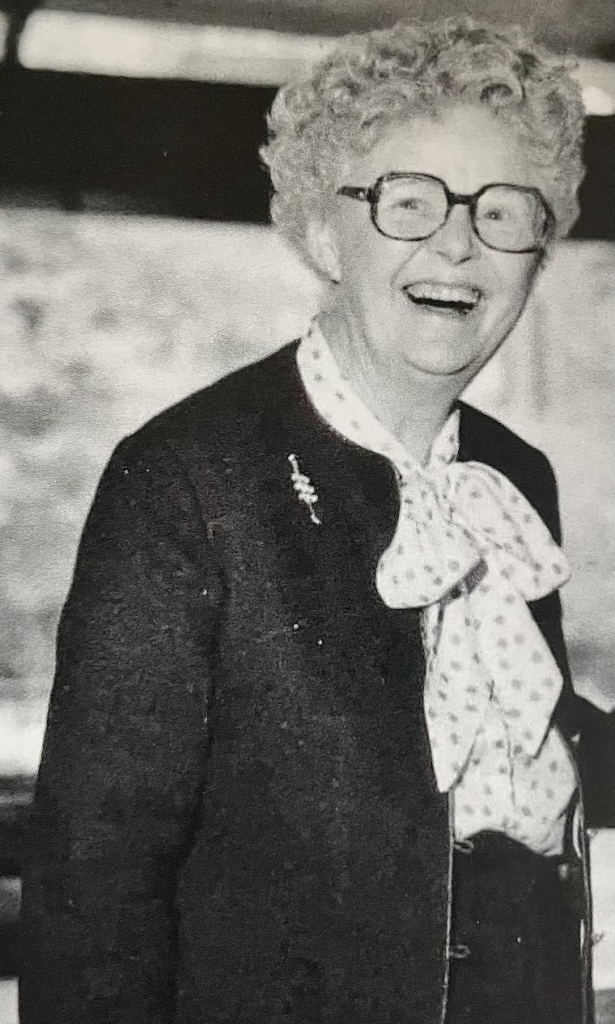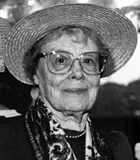The Friends is one of the oldest public-private partnerships in the nation. By the late 1960’s conditions in Boston’s parks had people deeply concerned. The Beacon Hill Civic Association and the Neighborhood Association of the Back Bay (NABB) decided that a separate organization was needed to protect and restore the Garden.
In the spring of 1970, a small group met at the Commonwealth Avenue home of Laura Dwight to discuss the Public Garden’s decline and creating a friends organization. A former president of the Garden Club of the Back Bay, Miss Dwight had already persuaded numerous property owners to plant magnolia trees in their front yards to produce a unified display. Miss Dwight was elected the first secretary of the newly formed Friends of the Public Garden. Stella Trafford attended that first meeting and became a member of the original Board of Directors. During that first year, the Board met regularly, developing a strategy and identifying “areas of special concern.”
While Henry Lee was chosen as the volunteer president and served as the dynamic leader for forty-one years, it was a group of deeply concerned, talented and motivated women who did so much to make the parks and the Friends what they are today. They established an excellence of care, and their unfailing efforts, vigilance, and enthusiastic participation created an active constituency as a vital aspect of park survival and organizational growth.
In 1971, the goals of the new group were set forth, with one of the most critical being a focus on horticulture. The first committee to be announced was the Horticultural Planning Committee, a joint committee of the Friends and the Parks Department, and its first chairman, Mary B. (Polly) Wakefield was one of the Garden’s most devoted friends. Raised in the Back Bay, Polly was the guiding force behind accomplishing the committee’s two basic goals: the immediate need to protect and preserve existing trees, and a planting program that would restore the Garden’s horticultural diversity.
“Without Polly, one of Boston’s most beautiful landmarks never would have been restored to its original glory. Polly was not only a tremendous gardener with a substantial plant collection and a keen sense of design, she was influential—and successful—in rallying support for a revival of her beloved Boston Public Garden.” WGBH producer, Victory Garden segment about Wakefield’s famous dogwoods.
Polly had an avid interest in science and nature. She continually augmented her knowledge, accumulating a broad understanding of arboriculture and propagation methods, ultimately leading to her development, selection, and naming for eight patented dogwood cultivars.
After her death, the Friends paid tribute in a Fall 2005 newsletter:
“The Public Garden lost a moving spirit of its restoration and return to botanical beauty. She spoke in gentle ways, but as chair of the Horticultural Committee pursued her goals with unbending perseverance. To recall the Garden in 1975 and see it today is to measure her remarkable achievement. Polly served many organizations and received many honors…. But more than any other place, other than her own estate in Milton, the Garden bears her hand.”
By the time the Friends was formed, Stella Trafford was already at work on the Commonwealth Avenue Mall combating Dutch Elm Disease, one of the most deadly and tenacious threats to parks. The Mall, as a grand allée of shade trees, originally planted with American and European elm trees, was particularly vulnerable.
The Commonwealth Avenue Mall Committee, a joint committee of the Friends and NABB, began its work in the late 60’s led by Stella, who held the chairmanship for almost forty years. The Committee’s extraordinary list of accomplishments still bears the Trafford stamp: proactive, energetic, effective, and increasingly hand-on. The original restoration of the Mall trees, lawns, furniture, maintenance, and funding were all accomplishments of the Mall Committee.
Current chair of the Committee and Friend Board member Margaret Pokorny wrote:
“From just about the day after Stella Trafford moved to the Back Bay…she has worked with remarkable success for its preservation and restoration. When it was needed, she pumped fungicide into dying elms, watered young trees with 300 feet of heavy hose, met with a dizzying succession of Parks Commissioners with varying degrees of success and acceptance. For twenty years, she has testified, cajoled, and fundraised for these nine blocks which she has rightfully come to call “hers”.
In 1974, the Friends formally extended its “protective arm” to include the Boston Common. The Common and the Garden were historically and geographically linked, so the combining of two parks as part of the Friends’ focus made perfect sense. In 1977, Ruth Capers McKay, who would chair the Common Committee for almost twenty years, took as her first project raising the standard of holiday lighting and music. The committee selected and recorded forty hours of music that was played from the Parkman Bandstand. The tree-lighting ceremony that year opened with a piece composed for the occasion and played by music students from Boston University. She successfully convinced General Electric to loan their top lighting designer to create a holiday display involving 10,000 lights on the Common.
“Following distinguished careers as a teacher of literature at Radcliffe, Wheaton, and Smith and as dean of the New England Conservatory of Music, she turned her formidable talents to horticulture and public parks. Ruth served as president of the Beacon Hill Garden Club, chair of the Friends Common Committee, and Boston’s first woman Associate Park Commissioner. A strong-minded and brilliant person, Ruth has left us many legacies including the holiday lighting on the Common, but the greatest may be the impetus she gave, in her dual role of Friend and Commissioner, to the growth of public-private cooperation.” (Friends Newsletter #38, Summer 1997)
Eugenie (Genie) Beal was another crucial advocate for greenspace, working inside and outside of government as a leader of public agencies and founder of nonprofits. Genie Beal was studying parks for the League of Women Voters at the same time the environmental activism movement was coming together. She approached Mayor Kevin White with the idea that Boston could benefit from a Conservation Commission. By 1970, she was named the first leader of the Commission and Ms. Beal spent the next forty years as one of the city’s most successful advocates to preserve open space. In addition to serving on the Friends’ Board of Directors and Common Committee chair, she was the first director of Boston’s Environment Department, co founded the Boston Natural Areas Network, and helped launch the Emerald Necklace Conservancy.
Mayor Tom Menino called her the mother of greenspace in the City of Boston:
“She was one of the kindest advocates for protecting green space and the natural beauty of our city. She was a true believer. Her only agenda was improving the open spaces in Boston.”
According to Valerie Burns, past president of the Boston Natural Areas Network and current vice chair of the Friends board:
“She was extraordinarily patient, strategic. She was very savvy politically and extremely articulate. And most important, she was charming. Always polite, very proper, and very smart, she really tickled the hearts of a lot of politicians because she was so hard to say ‘no’ to.”
Genie was determined to ensure that Boston’s open spaces were as good or better than could be found elsewhere. “We aspire to be a world-class city,” she wrote in a Boston Globe letter to the editor in June 2011. “Let’s come together to figure out how to make our parks attain that standard.”
The Boston Common, Public Garden, and Commonwealth Avenue Mall have played important roles in the history of the nation, the City of Boston and generations of individuals. The many talented women who have contributed to the Friends and the parks goes well beyond those mentioned here. We want to honor these wonderful women of distinction; they were conveners, horticulturists, arborists, visionaries, and most importantly tenacious activists, who were the driving force behind the monumental changes achieved by the Friends in the early years.





